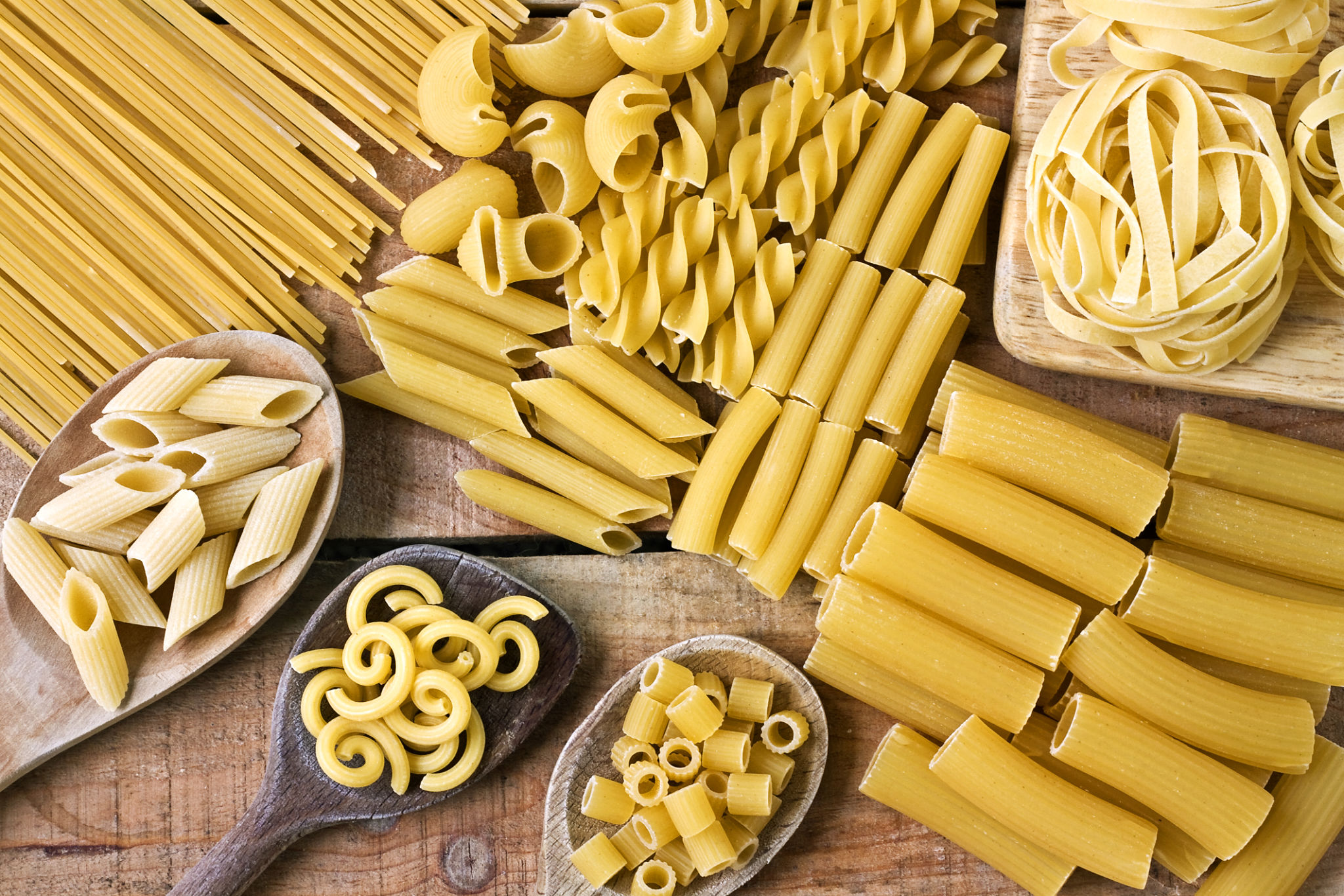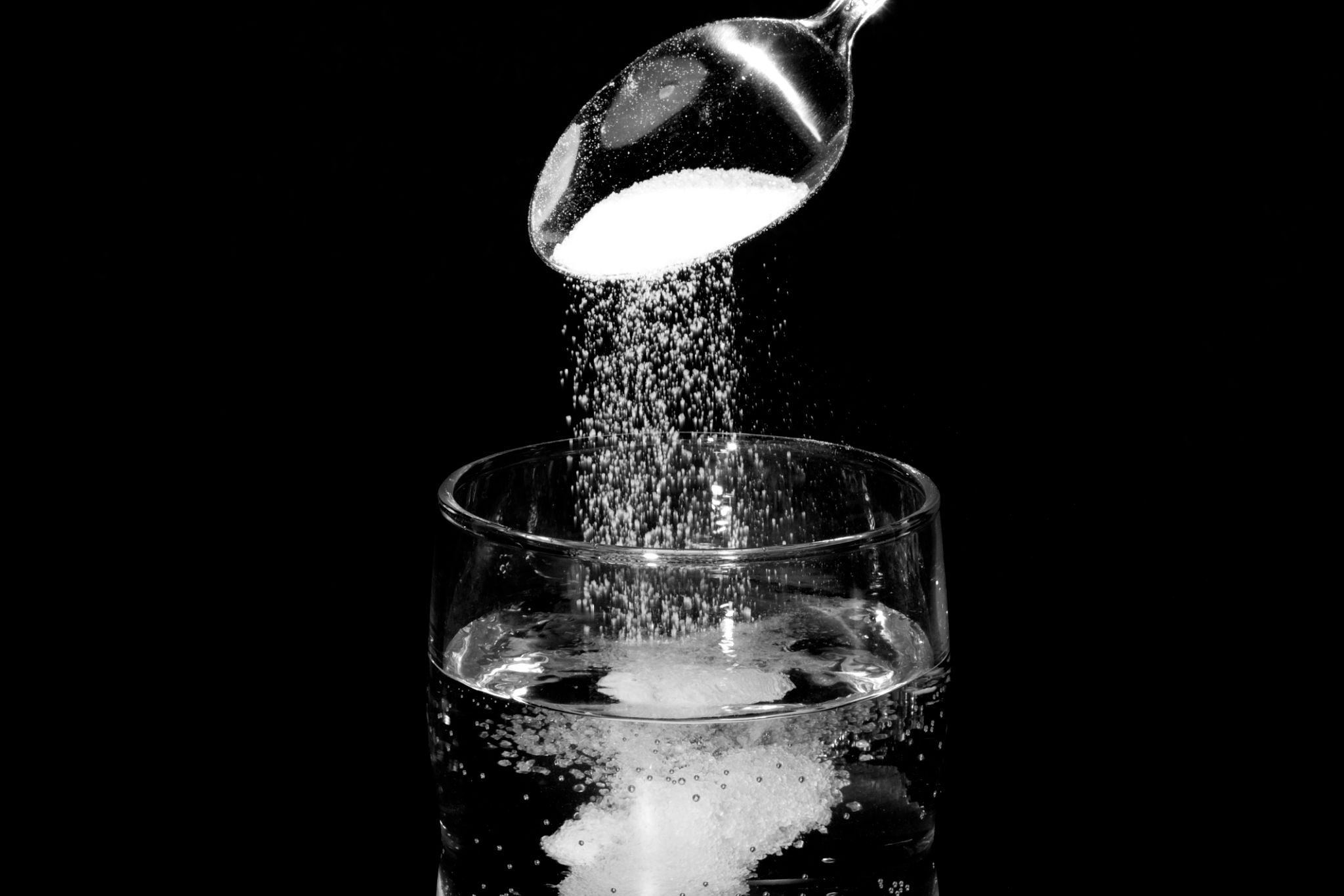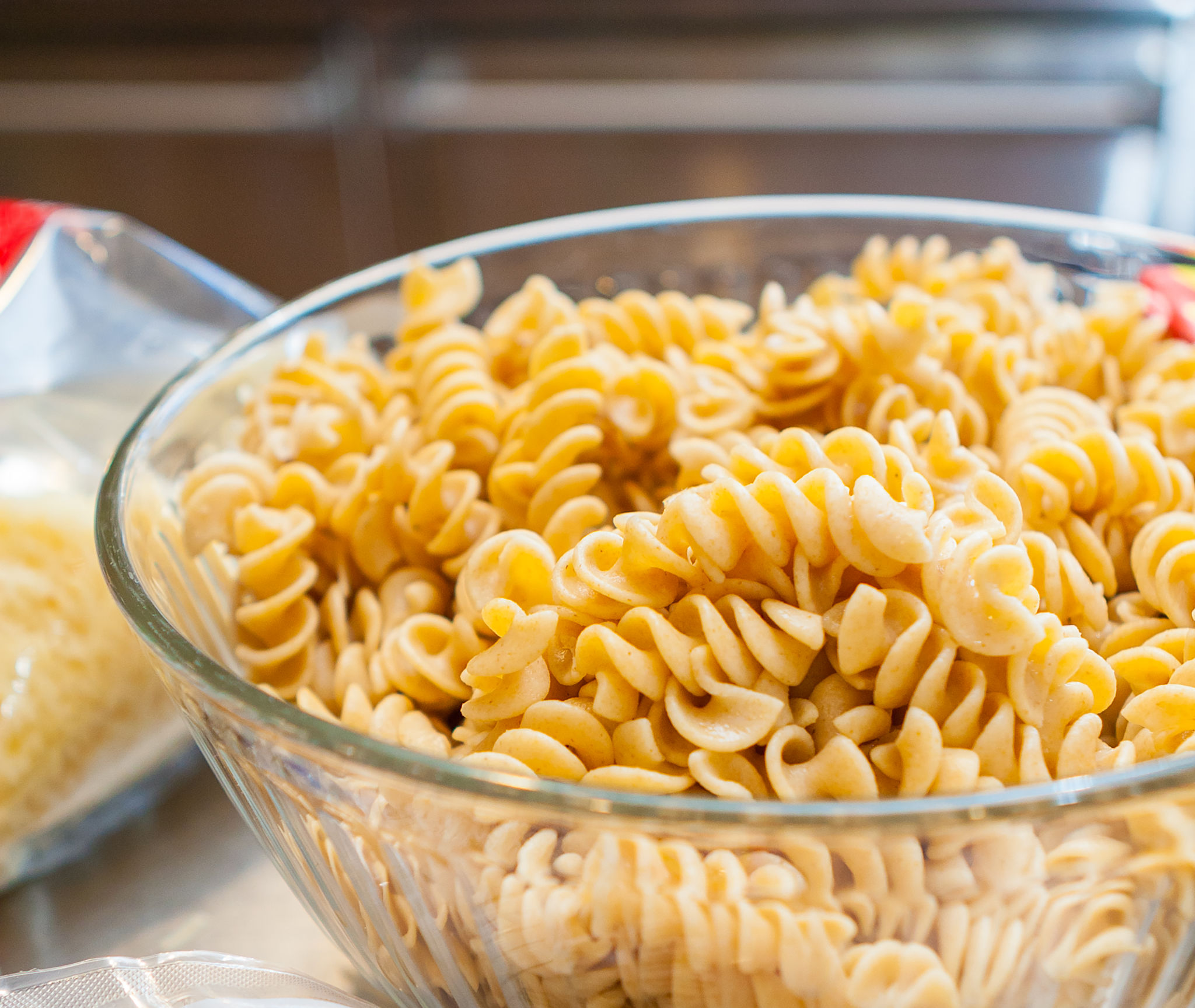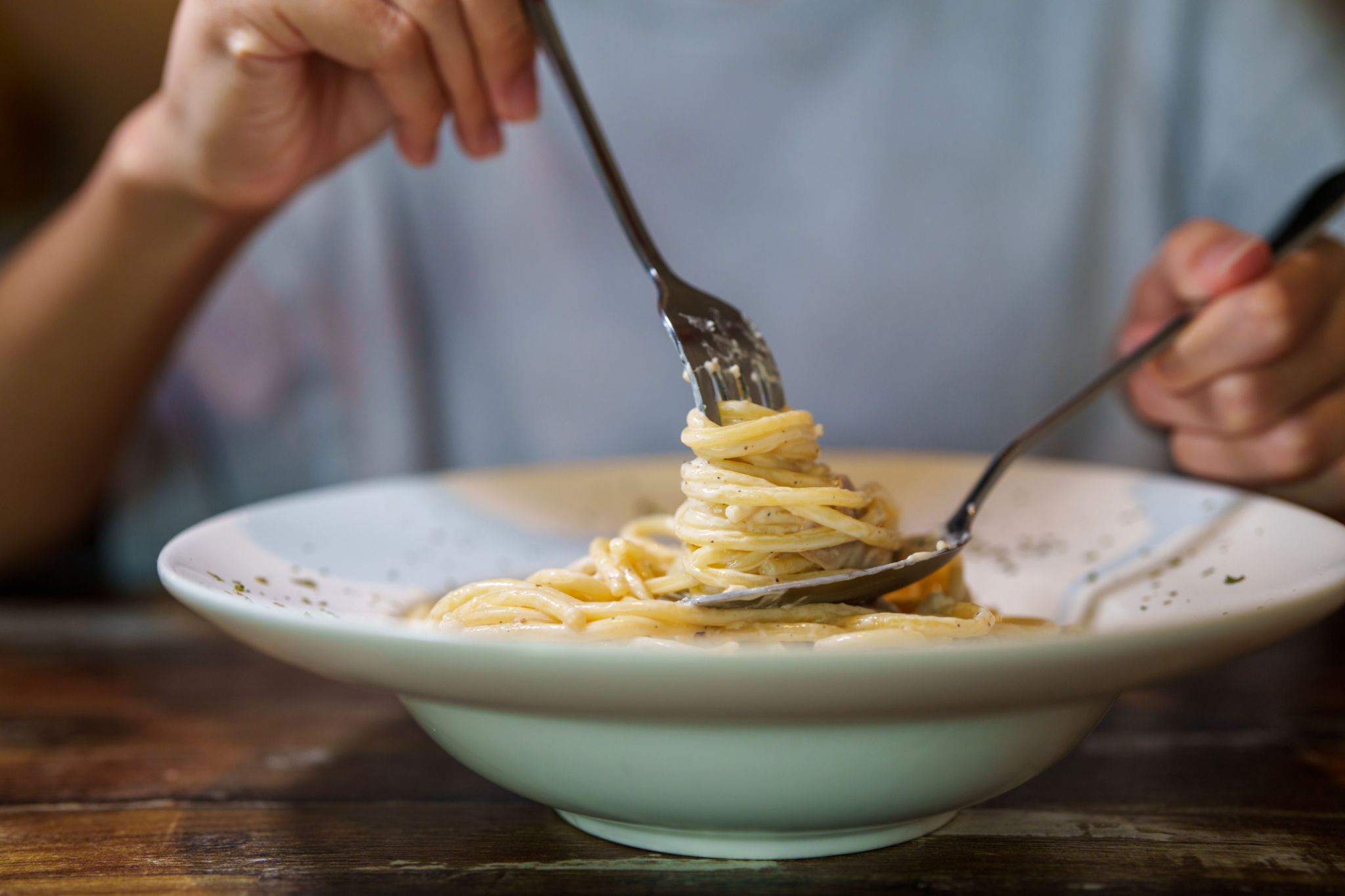Common Mistakes to Avoid When Making Pasta at Home
Choosing the Wrong Type of Pasta
One of the most common mistakes when making pasta at home is choosing the wrong type of pasta for your dish. Different sauces and ingredients pair better with specific pasta shapes. For example, thicker sauces like Alfredo work well with fettuccine, while lighter sauces such as Aglio e Olio are better suited for spaghetti. Understanding these pairings can elevate your pasta dish from average to exceptional.

Not Using Enough Water
Another mistake is not using enough water when boiling your pasta. A common rule of thumb is to use at least four quarts of water for every pound of pasta. This ensures that the pasta has enough space to cook evenly and prevents it from sticking together. Additionally, make sure the water is at a rolling boil before adding the pasta to ensure it cooks properly.
Skipping the Salt
Seasoning your pasta water with salt is crucial. Many home cooks skip this step, resulting in bland pasta. The salt enhances the flavor of the pasta itself, so don't be shy with it! Use about one tablespoon of salt per four quarts of water to properly season your pasta.

Overcooking or Undercooking Pasta
The texture of your pasta can make or break your dish. Overcooked pasta becomes mushy, while undercooked pasta can be tough and chewy. The key is to cook it al dente, which means it should be firm to the bite. To achieve this, start checking your pasta a couple of minutes before the package instructions suggest. Remember, pasta will continue to cook slightly when removed from the boiling water.
Rinsing Cooked Pasta
Rinsing your pasta after cooking is a mistake that can wash away the starches needed for the sauce to adhere properly. While rinsing is necessary for cold pasta salads to prevent clumping, it should be avoided for hot dishes. Simply drain the pasta and add it directly to your sauce.

Ignoring the Sauce
Many home cooks focus solely on the pasta itself and neglect the sauce. It's important to balance both elements in your dish. Taste your sauce as you cook to adjust seasonings and flavors. A good tip is to reserve some pasta water before draining and use it to adjust the consistency of your sauce, making it silky and perfectly coated around your pasta.
Not Letting Pasta Rest
Once you've combined your pasta with its sauce, let it rest for a minute or two before serving. This allows the flavors to meld together and gives the sauce a chance to soak into the pasta. This small patience step can significantly enhance the taste of your dish.

Using Inadequate Equipment
Finally, using the right equipment can greatly affect the quality of your homemade pasta. Ensure you have a large enough pot for boiling, a good colander for draining, and a sturdy spoon or tong for stirring and serving. These tools will help you manage the cooking process more effectively and result in a better final product.
Avoiding these common mistakes will not only improve your pasta-making skills but also result in delicious meals that you and your family can enjoy time and again. With practice and attention to detail, you can master the art of making perfect pasta at home.